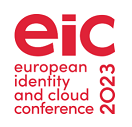 I had the distinct honor of being invited to give a keynote talk at EIC 2023. The result was Touchstones Along My Identity Journey. My talk abstract was:
I had the distinct honor of being invited to give a keynote talk at EIC 2023. The result was Touchstones Along My Identity Journey. My talk abstract was:
In 2005, Kim Cameron excitedly told me about digital identity and set my life on a course to “Build the Internet’s missing identity layer”. In this talk I’ll tell key stories from my identity journey — stories of the people, ideas, and lessons learned along the way. I’ll speak of technology and collaboration, usability and business models, solving problems people actually have, and building new ecosystems. Come with me on this journey of exploration, trials, triumphs, and humor as I recount touchstones of the human endeavor that is digital identity.
Kuppinger Cole has posted a video of my keynote on YouTube. I was pleased with how well it went. After the first few sentences, I was in the zone! I hope many of you find the messages in the talk useful.
My slides are also available in (PowerPoint) and PDF.
Special thanks go to the OpenID Foundation for supporting my trip to EIC this year and to designer Alistair Kincaid at MATTR for helping me transcend my usual black-bulleted-text-on-a-white-background presentation style!
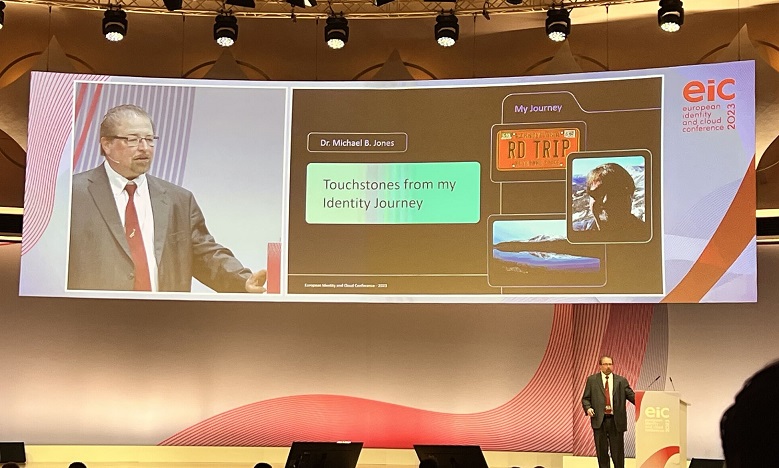
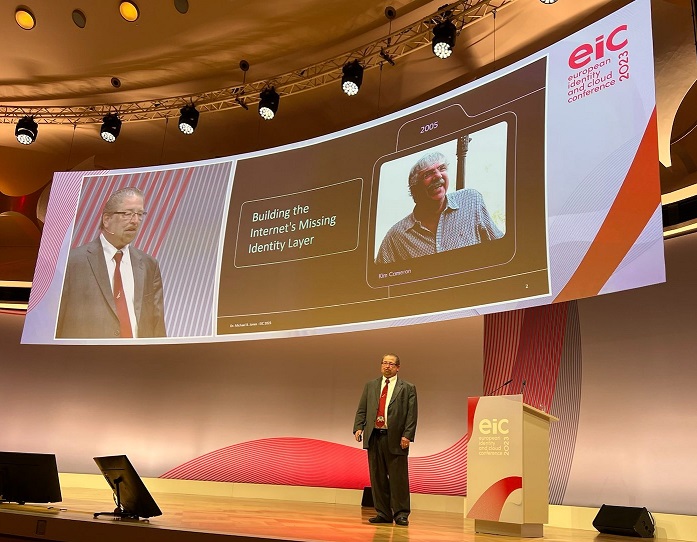
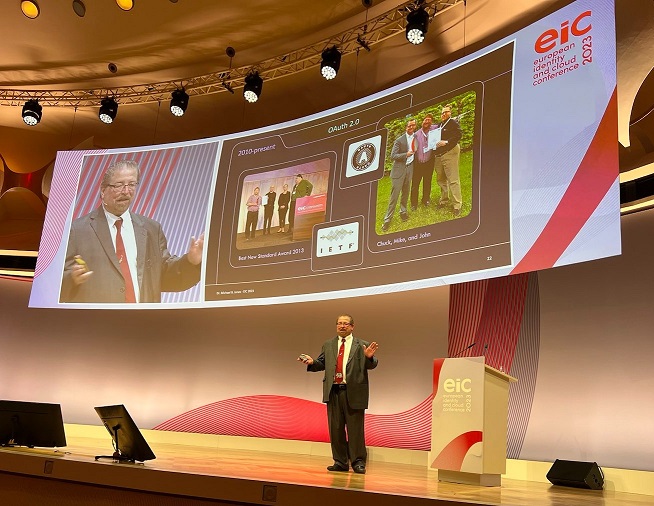

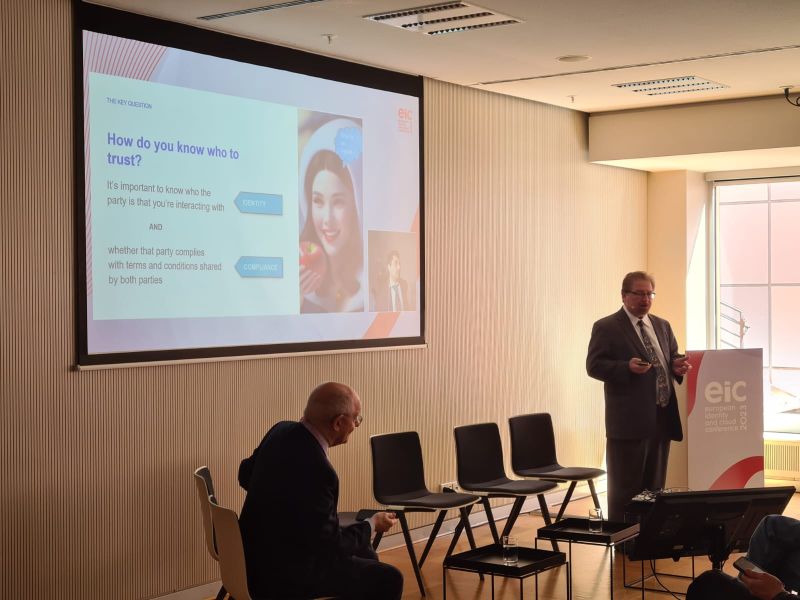



 I had a fabulous time talking with my friend
I had a fabulous time talking with my friend 